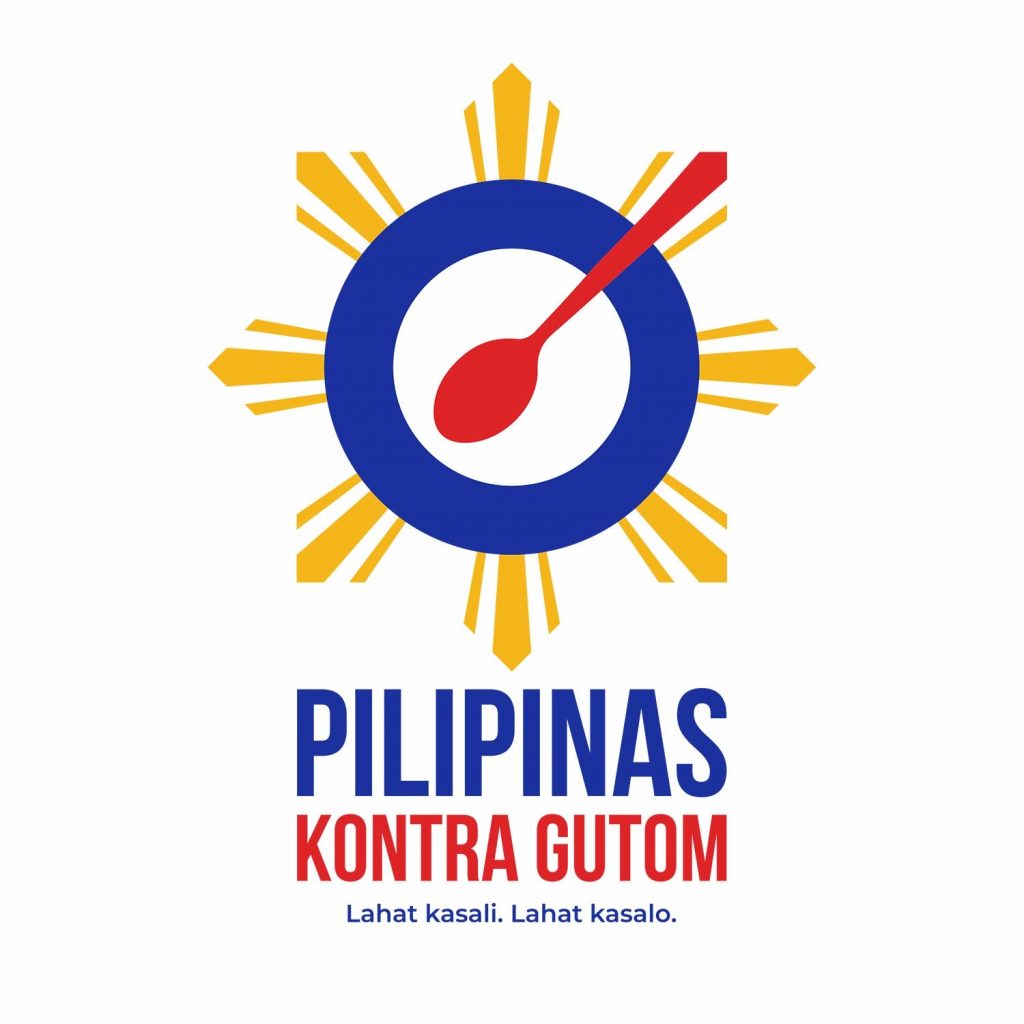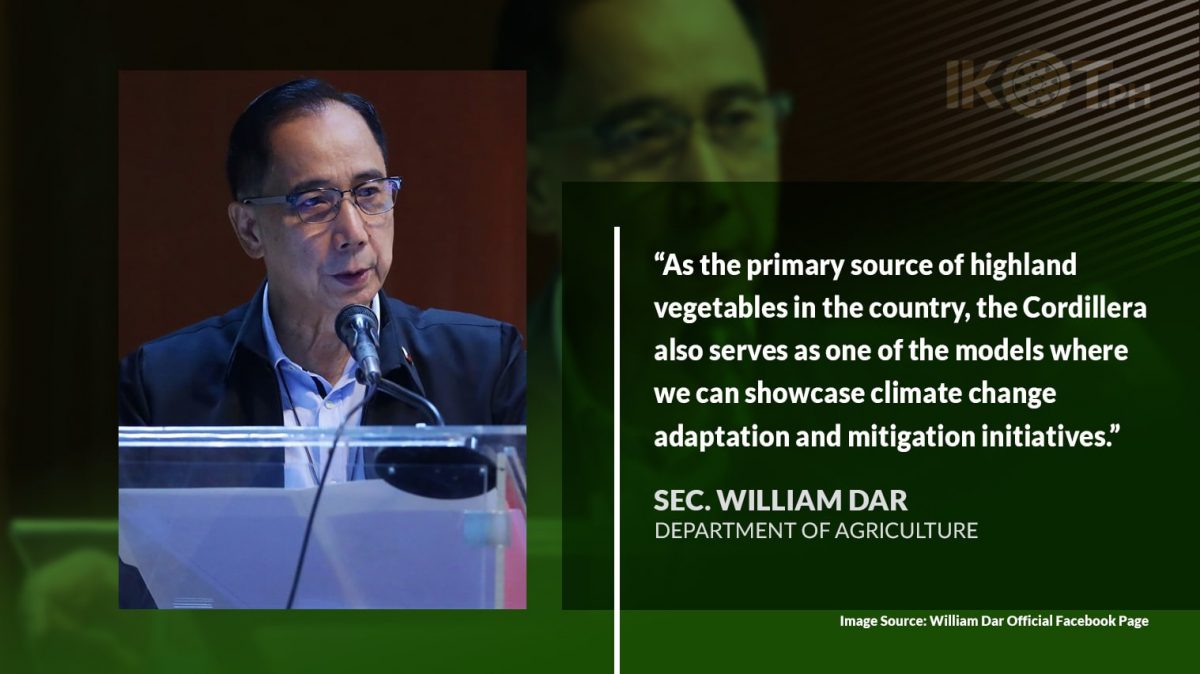The Cordillera is a strategic region, not only as the country’s “salad bowl,” but also a model in averting the impacts of climate change.
“As the primary source of highland vegetables in the country, the Cordillera also serves as one of the models where we can showcase climate change adaptation and mitigation initiatives,” said Agriculture Secretary William Dar, in his virtual message during the 34th Cordillera month celebration recently.
“A number of key economic policy tools for climate mitigation can be initiated in the Cordillera region.”
“A number of key economic policy tools for climate mitigation can be initiated in the Cordillera region. These include community watershed and forest conservation with commercial forest tree, and fruit and industrial tree farming, eco-tourism, payment for environmental services schemes, and sustainable and eco-friendly farming programs, among other initiatives,” Dar said during the event, themed: “Working together towards Cordillera autonomy through green recovery”.
“The Department of Agriculture family is one with the Cordillera Administrative Region (CAR) in its quest for autonomy and building ‘greener’ and more climate-resilient economies,” added the agriculture chief who concurrently serves as the Cordillera Region Cabinet Officer for Regional Development and Security (CORDS).
The CAR was created under Executive Order 220, on July 15, 1997, by the late President Corazon Aquino.
CAR serves as the “watershed cradle of North Luzon”, as it hosts nine major rivers that provide continuous water for irrigation and energy.
The region is rich not only in natural resources and mineral deposits, such as gold and copper, but also serves as the “watershed cradle of North Luzon”, as it hosts nine major rivers that provide continuous water for irrigation and energy.
More popularly, it produces major highland vegetables sold in Luzon and Metro Manila, including parts of Visayas. These include lettuce, broccoli, cauliflower, carrots, potatoes, cabbage, and other greens.
The region is also known for its aromatic coffees and strawberries.
During the virtual Cordillera month celebration, the agriculture chief also shared with the participants some of the DA’s key initiatives to address major agriculture issues and concerns. These include:
- Helping stabilize food prices and inflation through the temporary reduction of meat import tariffs and increase in minimum access volume;
- Boosting the supply of major food commodities through the continued implementation of the Plant, Plant, Plant program;
- Reviving the swine industry through the vigorous implementation of the “Bantay ASF sa Barangay” and hog repopulation program or Integrated National Swine Production Initiatives for Recovery and Expansion (INSPIRE), in partnership with local government units and hog farmers’ groups;
- Ensuring entry of safe and pest- and disease-free food products with the establishment of first border inspection facilities, particularly Cold Examination Facility in Agriculture (CEFA) at strategic ports in the country;
- Provision of financial and in-kind support to farmers and fisherfolk to improve their productivity and incomes; and
- Sustained pursuit of long-term solutions, such as increased investments in research for development, infrastructure, irrigation systems, and food systems logistics.


